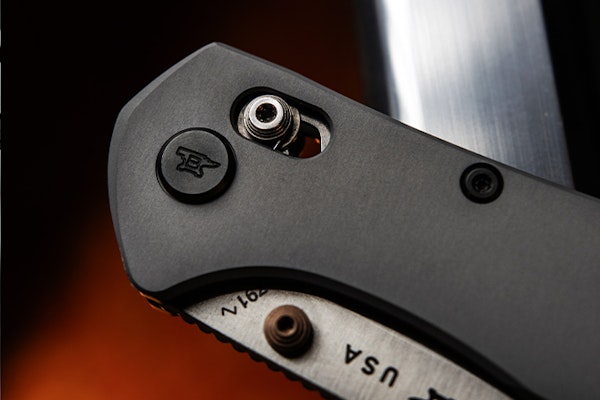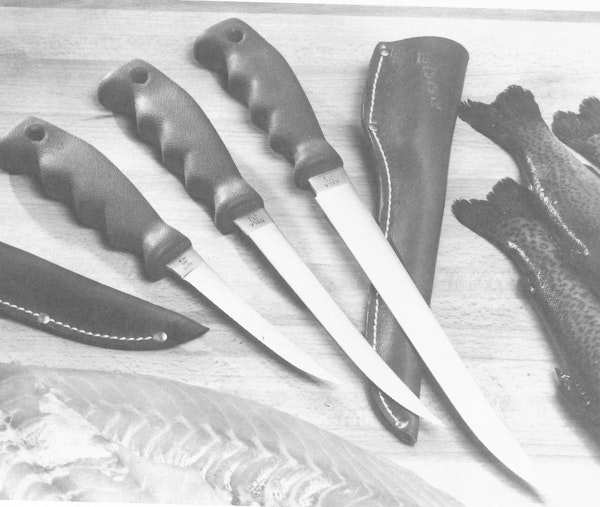
CHAPTER 20: INNOVATIVE NEW PRODUCTS
Amended sales policies and the opening of new markets enabled Buck to survive the recession, got them back on course. But the key to the firm's long-range success and new market leadership was its commitment to the research and development of successful new products.
"In 1982, there were fewer than 40 knives in the Buck catalog," Charlie Gregory said. "Most of them were older models that had long-since been copied by competitors, and almost all of them cost upwards of $35.
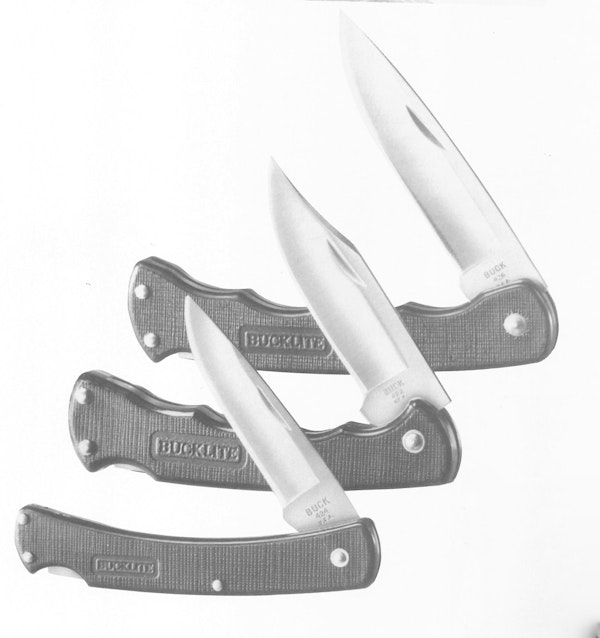
"As I met with our sales people that summer, there seemed to be two areas of consensus: First, they felt we needed to offer a less costly line of knives for people who just didn't need a $35 knife.
"Second, they told us that Buck needed to be more creative. In the '60s and early '70s, Buck had established a reputation for innovative new products. By 1982, our sales reps felt we were losing our edge in innovation."
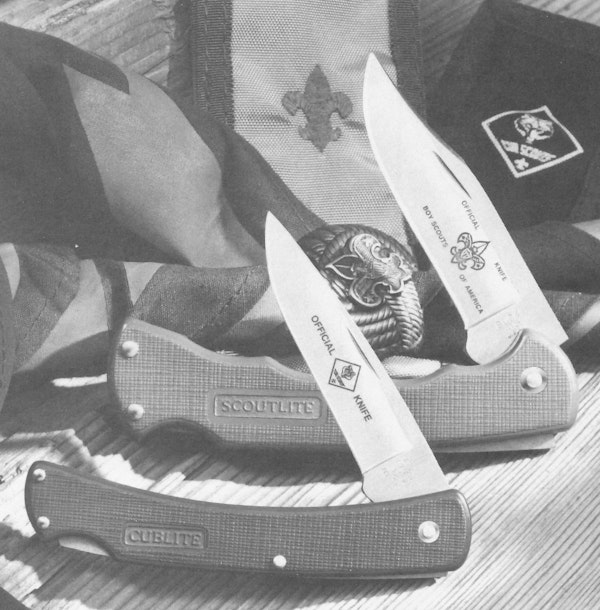
Fortunately, Buck's engineers were ready with two proposals that had been tabled during the late '70s. One was a new fixed-blade fish fillet knife, with significant new features. The other, for which the research and development group had roughed out designs, was a series of knives that would be much lighter and less expensive versions of the Buck Folding Hunter. Bill Key, still a senior manufacturing engineer at Buck, played an important role in this major breakthrough.
Those files were quickly re-opened in the fall of 1982, as Chuck Buck sensed the opportunity to provide answers to both requests he had heard from his salesmen.
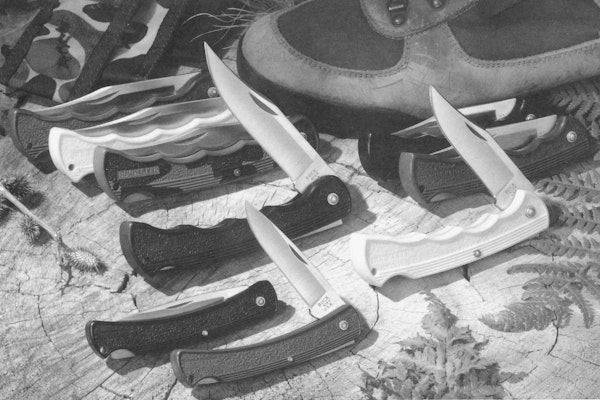
First, he granted preliminary approval for production of the lower-cost knives. More importantly, he asked Buck engineers to investigate the use of new high-tech plastics that would provide important new advantages in the handles. Their search was quickly rewarded.
Perfect for the handle of a fish fillet knife because the user's hands are invariably wet and slick when using a knife while handling fish.

For the lightweight, low-cost lockblade knives, the General Electric Corporation was marketing a space-age material called Valox, a high-test thermoplastic that was extremely light, yet remarkably strong.
Negotiations with Shell and GE proved fruitful, and Buck quickly introduced two new lines of innovative knives.

The fish fillet series comprised three models, each given an eye-catching, appropriate name: OceanMate, for sportfishermen who needed the full range of its nine-inch blade for their big, deepsea catches; LakeMate, with a 6-1/2-inch blade; and StreamMate, with a 4-1/2-inch blade.
Innovation didn't stop with the Kraton handles on these fish fillet knives. The blades were a specially developed mid-flex, rust-resistant, high-chrome steel that was perfect for the detailed work of filleting fish. Each sold for around $20 when introduced, and they immediately became big sellers.

The lightweight lockblade series, named "BuckLites," also began with three models.
The blades measured 3-3/4" (same as the Folding Hunter), 3" and 2-5/8" , and each had
the amazing Valox handle.
So here were knives that offered the public the same top-quality steel blade, the same positive lock-open action as the Folding Hunter, but with half the weight and many dollars less at retail.
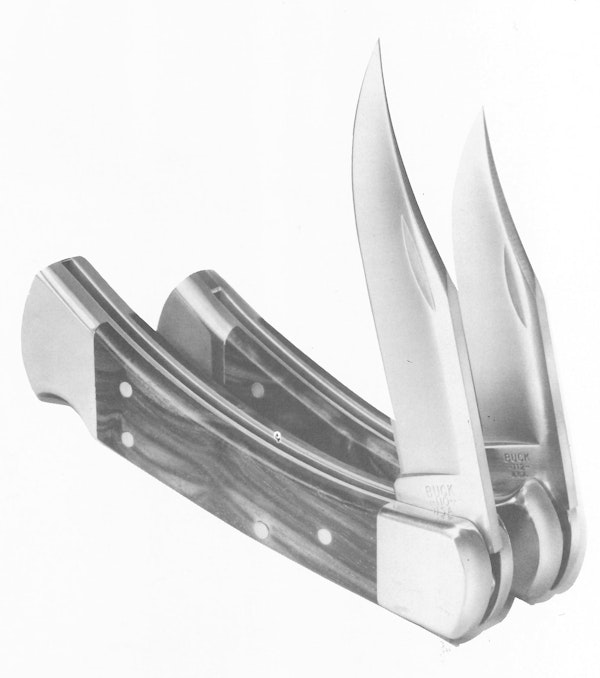
"Those two new lines really did a lot for us," Chuck Buck recalled. "For one thing, they both became good sellers, and in those days we needed all the good sellers we could find. "Beyond that, though, they proved that the Buck Knife company was back, and back strongly. They knew we were going to be aggressive, we were going to be creative, and were going to be around for a long time.”
That message, loud and clear, was particularly well-received by Buck's salesmen in the field. The company had been responsive to their input, and swiftly. The addition of fishing knives and BuckLites to the catalog had given them intriguing new products to sell. And the success of those products had given the sales staff renewed faith in the company's future.
Both of these trend-setting knives are still Buck catalog mainstays, but have taken somewhat different directions.There are still the same three fish fillet knives. But, surprisingly, after such a strong early showing, they have proved only moderately successful over the long haul.By contrast, the BuckLite family has grown to 10 models in 1991 and they have become a cornerstone of the corporation. In 1990's final sales figures, Buck's two most popular lines were the Folding Hunter, with its variations, and the BuckLite series, each of which accounted for 400,000 units sold.

